Home>Ideas and Tips>DIY Guide To Installing A Beadboard Ceiling
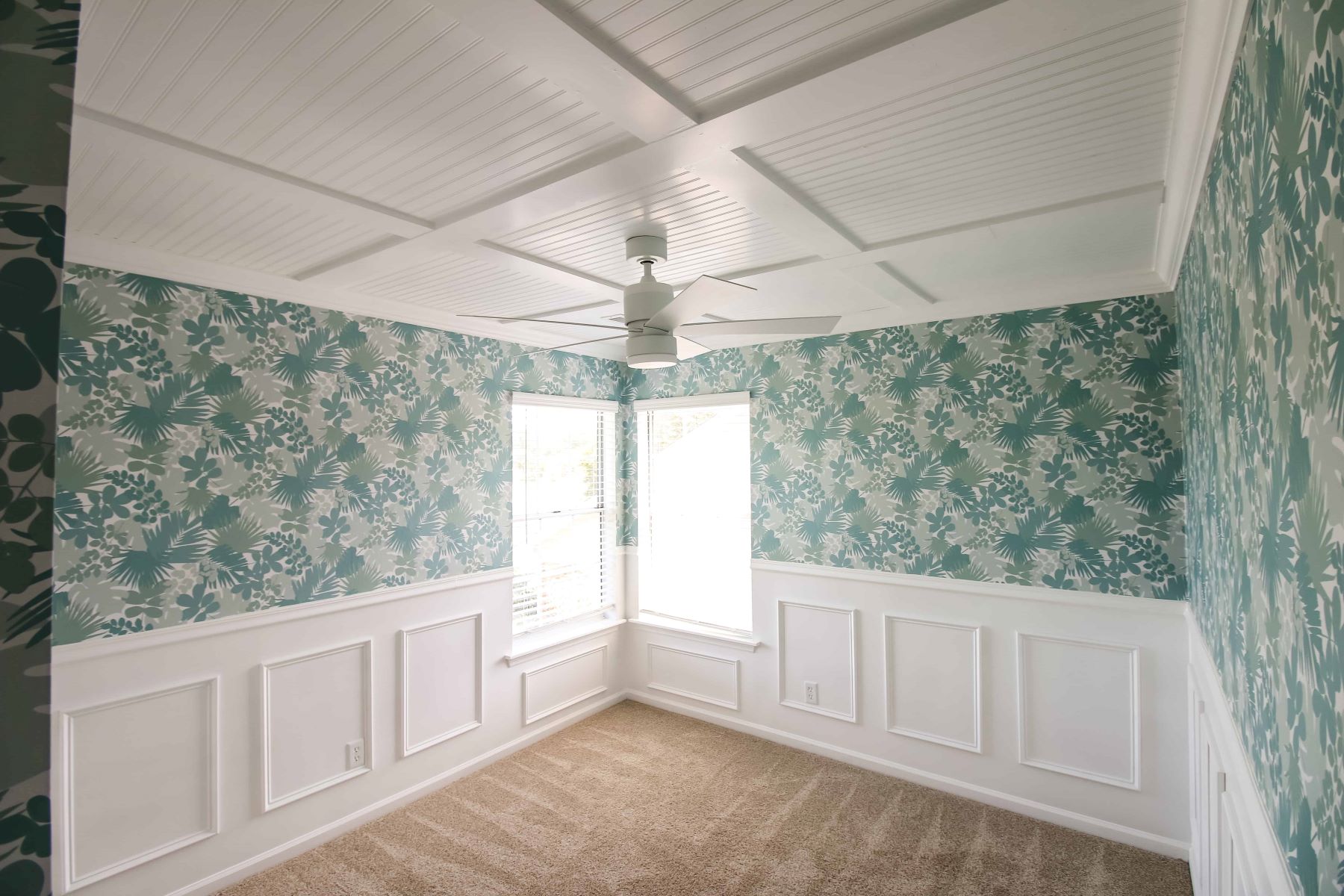

Ideas and Tips
DIY Guide To Installing A Beadboard Ceiling
Modified: October 20, 2024
Transform your room with our DIY guide to installing a beadboard ceiling. Step-by-step instructions, tips, and materials needed for a stunning finish.
(Many of the links in this article redirect to a specific reviewed product. Your purchase of these products through affiliate links helps to generate commission for Storables.com, at no extra cost. Learn more)
Installing a beadboard ceiling is a fantastic way to transform the look of any room, adding a touch of elegance and charm. Whether you're covering up an ugly popcorn ceiling or simply looking to enhance the aesthetic appeal of your space, this DIY guide will walk you through the step-by-step process of installing a beadboard ceiling.
Project Overview
Read more: DIY Guide To Installing Wainscoting
Working Time
- Total Time: 2 to 3 days (including finishing steps like filling nail holes and painting)
- Skill Level: Intermediate
- Estimated Cost: $225 to install and paint beadboard wainscoting in an average bathroom (not including cost of tools)
Before You Begin
Before diving into the installation process, there are a few crucial steps to consider:
-
Determine the Orientation:
- While beadboard is traditionally installed vertically on a wall, you'll need to decide which way you want the beadboard to run on a ceiling. Many choose to orient a beadboard ceiling with the beads running along the longer dimension, but running them along the shorter dimension can help make a skinny room seem a bit larger.
-
Determine a Nailing Surface:
- As with installing beadboard on a wall, you need to have a secure nailing surface. Mark the joist locations on the walls to use as a guide as you install the panels. For open ceilings, install 2×4 blocks between joists to provide an additional nailing surface. For a ceiling that’s already finished in drywall, use construction adhesive and nails.
-
Detail the Edges:
- With a ceiling, unlike a wall, you don’t have to deal with top and bottom trimwork, but you do need to detail around the perimeter. Using the method described in Step 6, create a molding detail—using either a traditional crown molding profile or flat stock—around the edge of the beadboard where it meets the walls.
Materials Needed
To start your project, you'll need the following materials:
- 4×8 Sheets of Beadboard Panels: These are the main components of your ceiling.
- 1×4’s for Encasing the Beadboard: These will be used to create a coffered ceiling effect or to frame out the perimeter of your room.
- Chop Saw: For cutting the 1×4’s and beadboard panels.
- Brad Nailer Nail Gun: A battery-powered pneumatic nailer is highly recommended for quicker and more precise nailing.
- Air Compressor: Essential for powering your brad nailer.
- 1 1/2 Inch Brad Nails: For securing the beadboard panels.
- Jigsaw: For cutting out holes for light fixtures or other obstructions.
- 4 ft Level: To ensure that your panels are perfectly level.
- Latex Caulk and Caulking Gun: For filling gaps and creating a smooth finish.
- Lightweight Spackle or Wood Filler: For filling nail holes.
- Paint Sprayer: If you plan to paint your beadboard ceiling.
- Primer: If you haven’t purchased primed panels.
- Paint: Your chosen color for the final coat.
Step-by-Step Instructions
Read more: DIY Guide To Installing Floating Shelves
Step 1: Measure Your Space
The first thing you need to do is measure your space and figure out the grid for your design plan. Each room will be different, so be flexible when deciding how many sections to split your beadboard ceiling into. For example, you might decide to divide the room into nine equal sections with the ceiling fixture centered in the middle.
Step 2: Frame Out the Perimeter
Rather than simply covering the ceiling with beadboard, consider creating a coffered ceiling effect by encasing each beadboard section with trim (1×4 strips). Start by adding 1×4’s to the perimeter of the room. Cut these boards with your chop saw and use your brad nailer and 1 1/2 inch width nails to attach them. Premium pine boards with minimal knotholes are recommended for this step.
After framing out the perimeter, add cross pieces that create a clean look and help hide the seams of the different sections of beadboard. Using chalk lines can be helpful during this step to ensure accuracy.
Step 3: Cut and Install Beadboard Panels
Once all the 1×4’s are in place, start working on the beadboard panels. Cut each section out using a jig saw or miter saw, depending on your design requirements. Measure out the size of each piece needed and mark it with a pencil and 4 ft level. Opt for panels instead of beadboard planks to simplify and speed up the process.
Cut each section out carefully, ensuring that you leave enough space for expansion around the perimeter (about ¼ inch). For the center piece of beadboard where the light fixture is, use your jigsaw to cut out a hole in order to access electrical components.
Step 4: Caulk and Fill Gaps
After installing all the wood and beadboard, it’s time to fill all gaps and grooves with latex caulk. This step may be tedious but it gives the ceiling a professional finish once painted. Use lightweight spackle or wood filler to fill all nail holes as well.
Read more: DIY Guide To Installing A Stair Runner
Step 5: Paint and Finish
If you plan to paint your beadboard ceiling, prime and apply the first coat of your chosen color before hanging the beadboard. This will save time in the long run. Use a paint sprayer for an even coat, ensuring that all surfaces are covered uniformly.
Once painted, inspect for any imperfections or gaps that need additional caulking. Finally, apply a second coat if necessary and let it dry completely before sealing with clear varnish or polyurethane for added protection.
Tips for Successful Installation
For successful, pro-quality results, keep these tips in mind:
- Acclimate Wooden Beadboard: Leave wooden beadboard or wood composite panels stacked (with spacers between each one) for 72 hours so they can acclimate to your home’s moisture level.
- Remove Baseboard and Ceiling Moldings: Carefully remove baseboard and/or ceiling moldings before you begin work so you will have the option of reinstalling them.
- Prime Panels if Necessary: If you haven’t purchased primed panels, prime and apply the first coat of your chosen color before hanging the beadboard.
- Use Construction Adhesive: When installing beadboard over drywall, use construction adhesive while the adhesive cures, use finish nails to hold the panels in place.
- Utilize Pneumatic Nail Gun: Buy or rent a battery-powered pneumatic nailer and compressor to make quicker work of the project and eliminate accidental and unsightly hammer dings.
Final Thoughts
Installing a beadboard ceiling is a relatively quick DIY project that can really transform a room. Beadboard not only adds charm but also eliminates the need to finish or repair dings in drywall. It can be purchased primed, which helps save time.
Whether you’re installing beadboard in a bathroom or mudroom, on a wall or ceiling, it’s crucial that the beads are plumb and run parallel to each other across the entire surface. Make sure to check for plumb as you work so the finished look is exactly what you imagined.
By following these steps and tips, you'll be able to create a beautiful and durable beadboard ceiling that enhances the aesthetic appeal of any room. Happy DIY-ing
Was this page helpful?
At Storables.com, we guarantee accurate and reliable information. Our content, validated by Expert Board Contributors, is crafted following stringent Editorial Policies. We're committed to providing you with well-researched, expert-backed insights for all your informational needs.
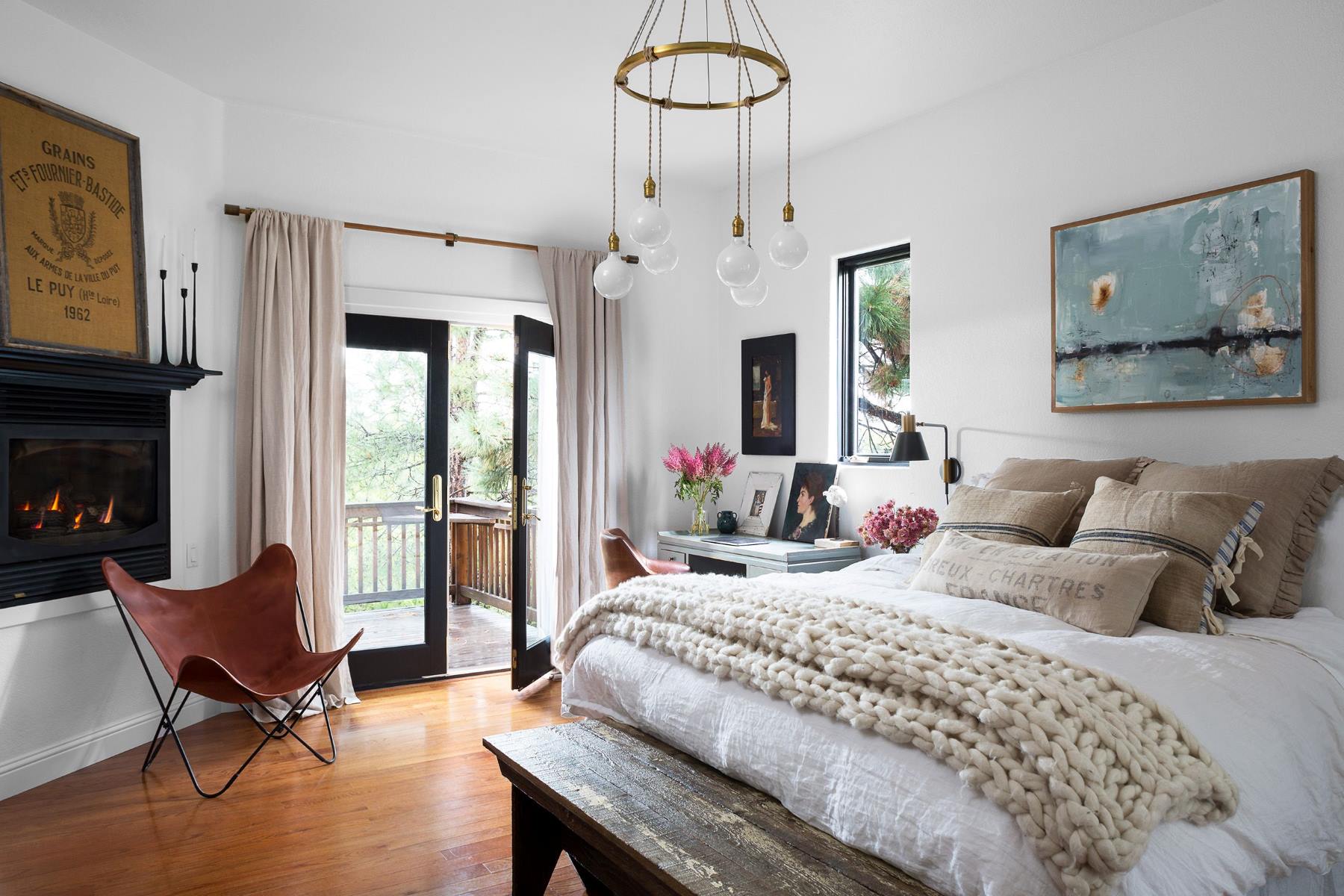
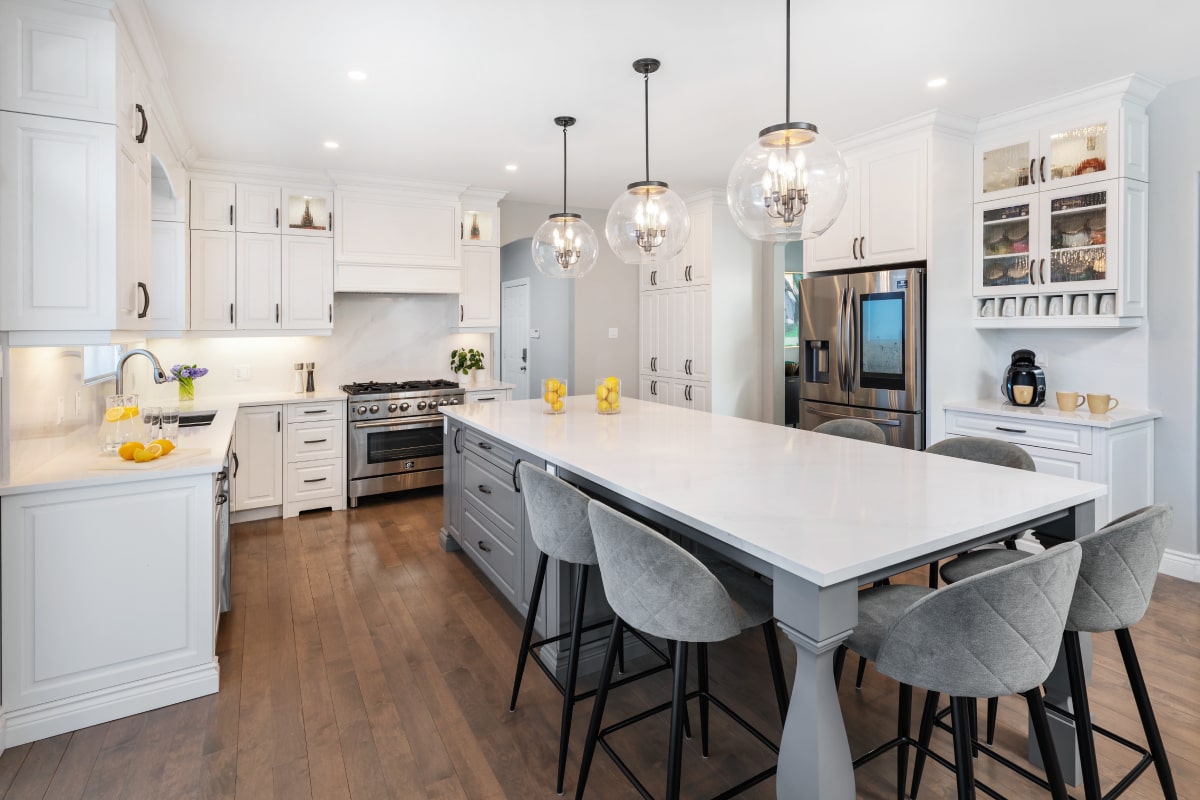
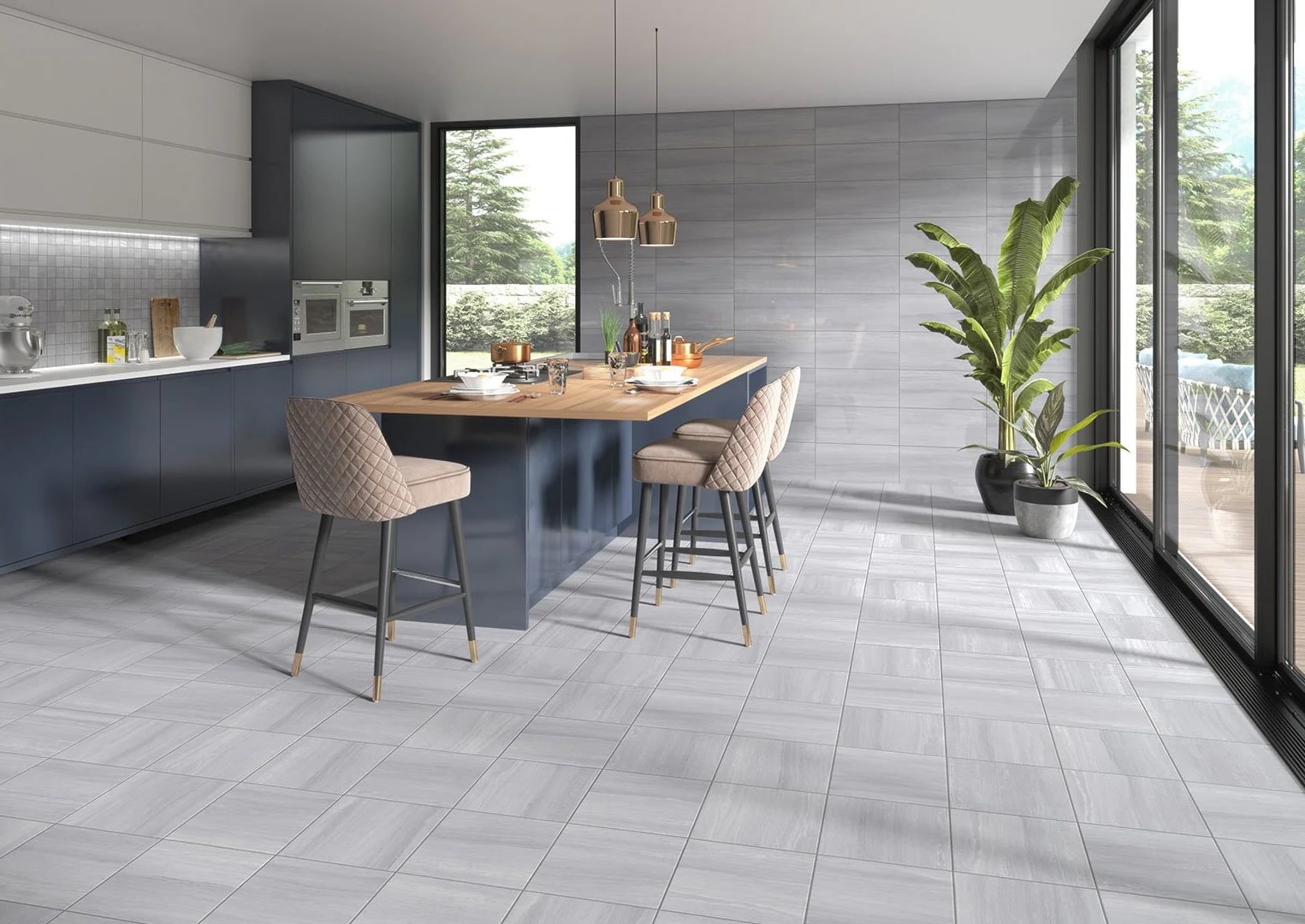
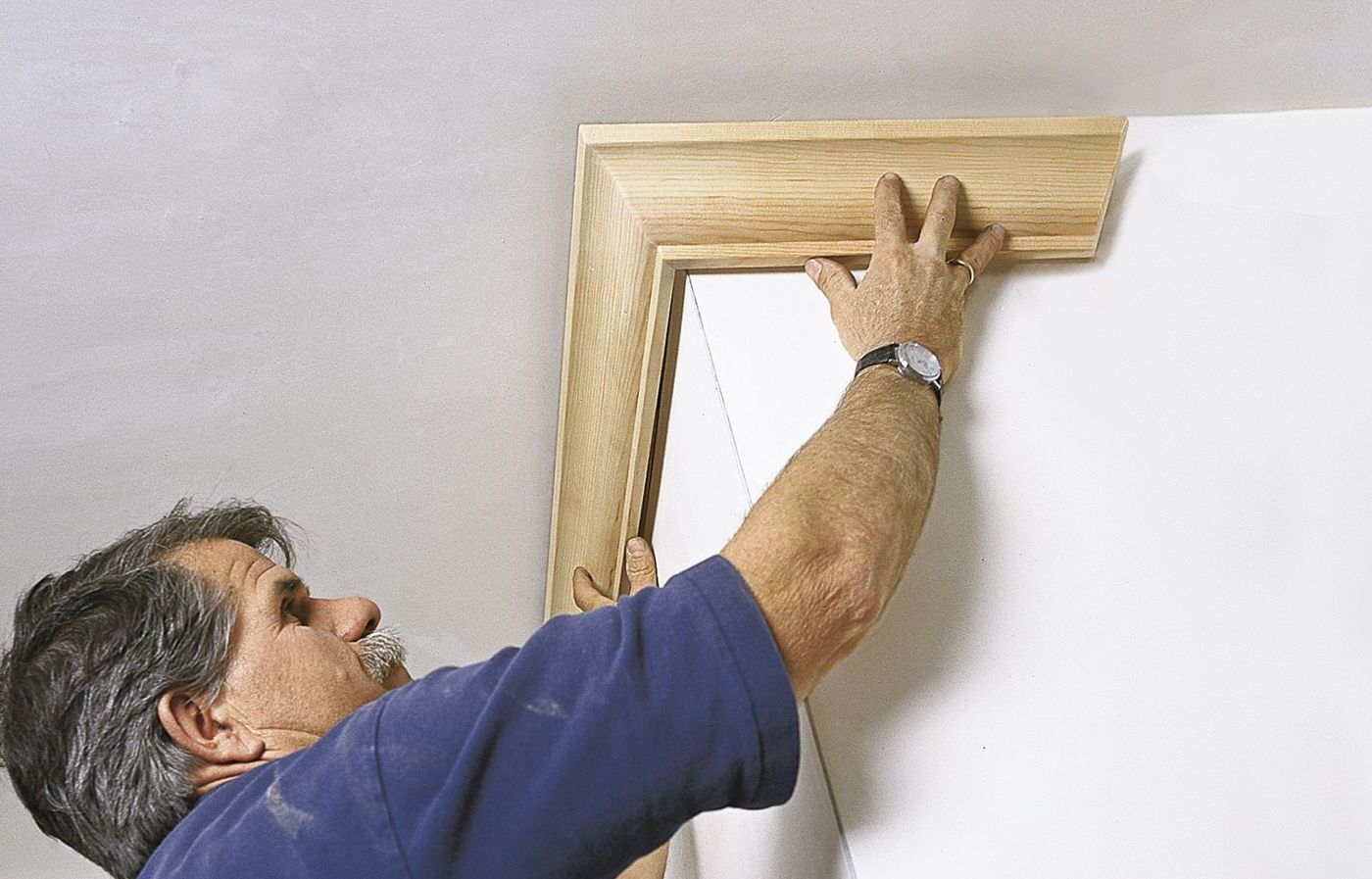
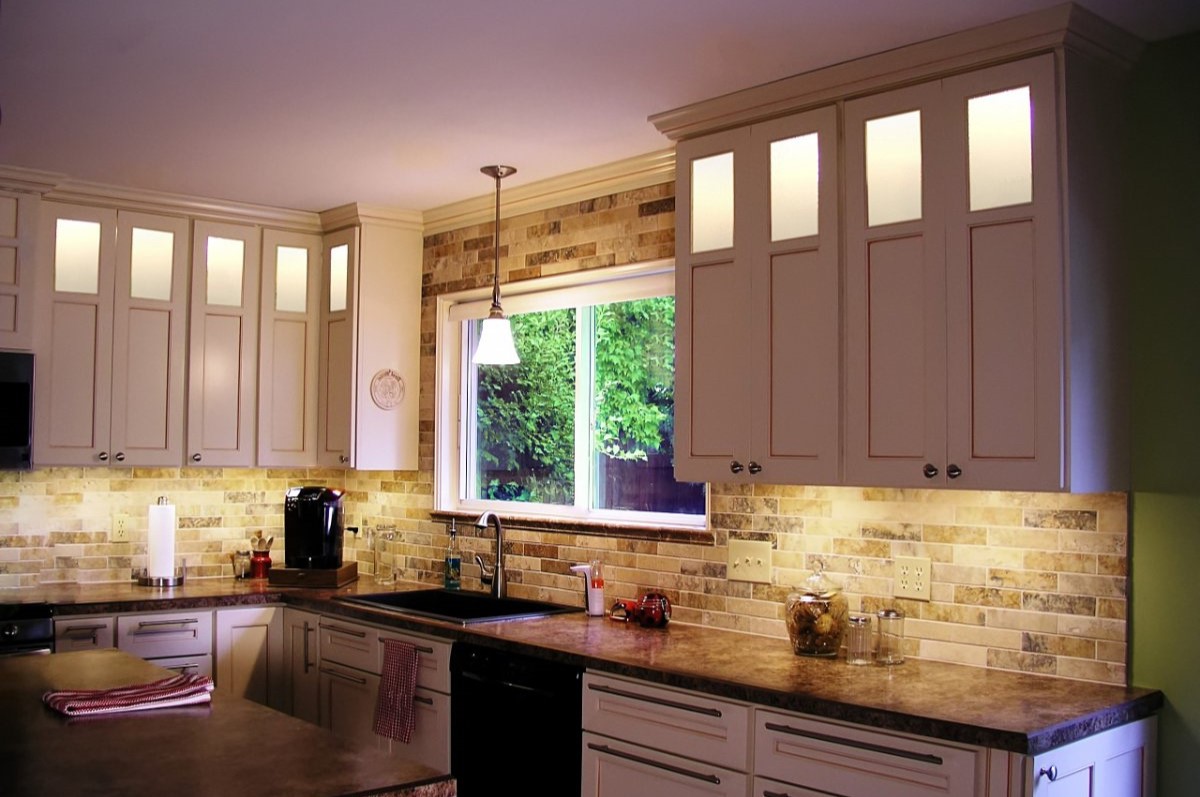
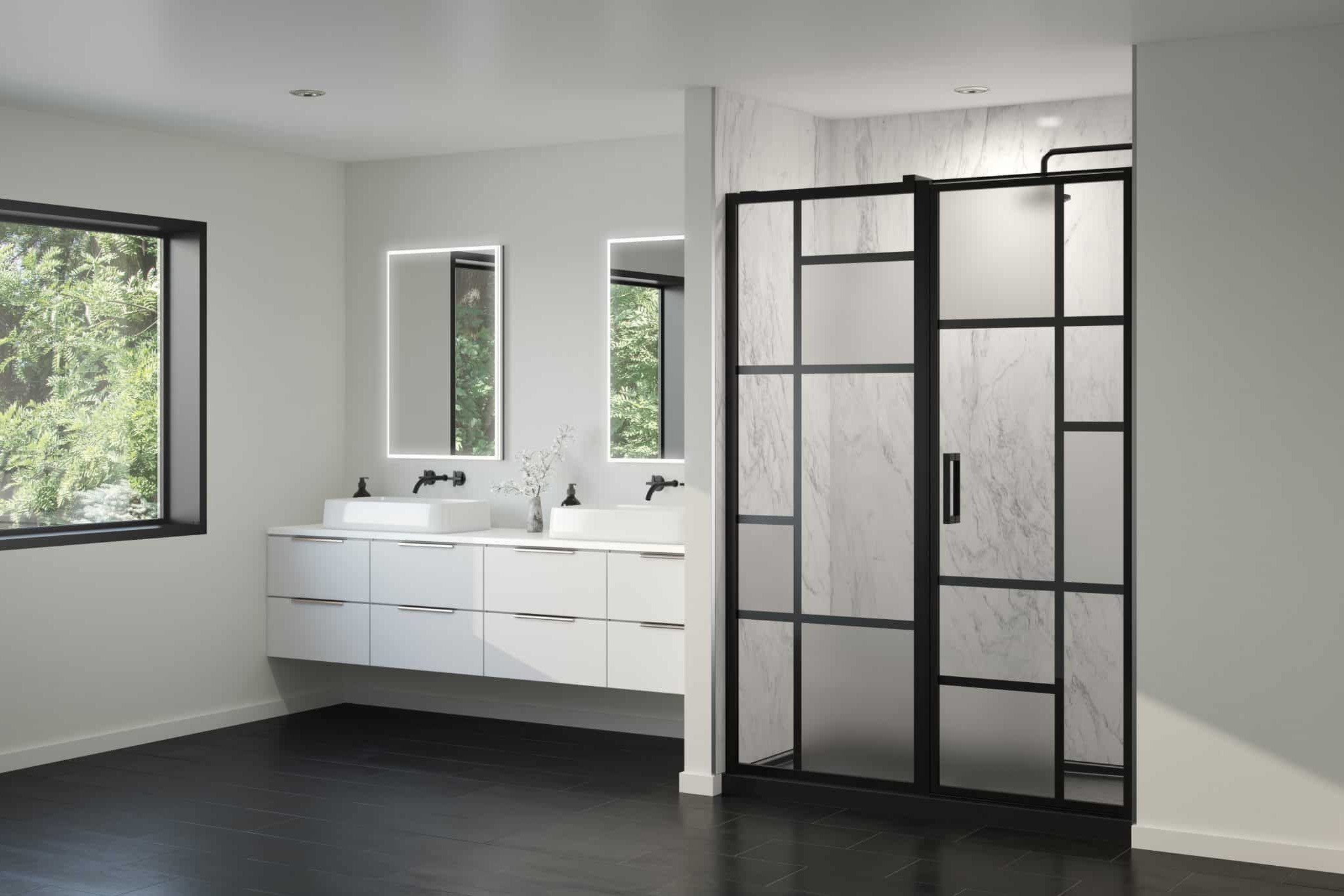
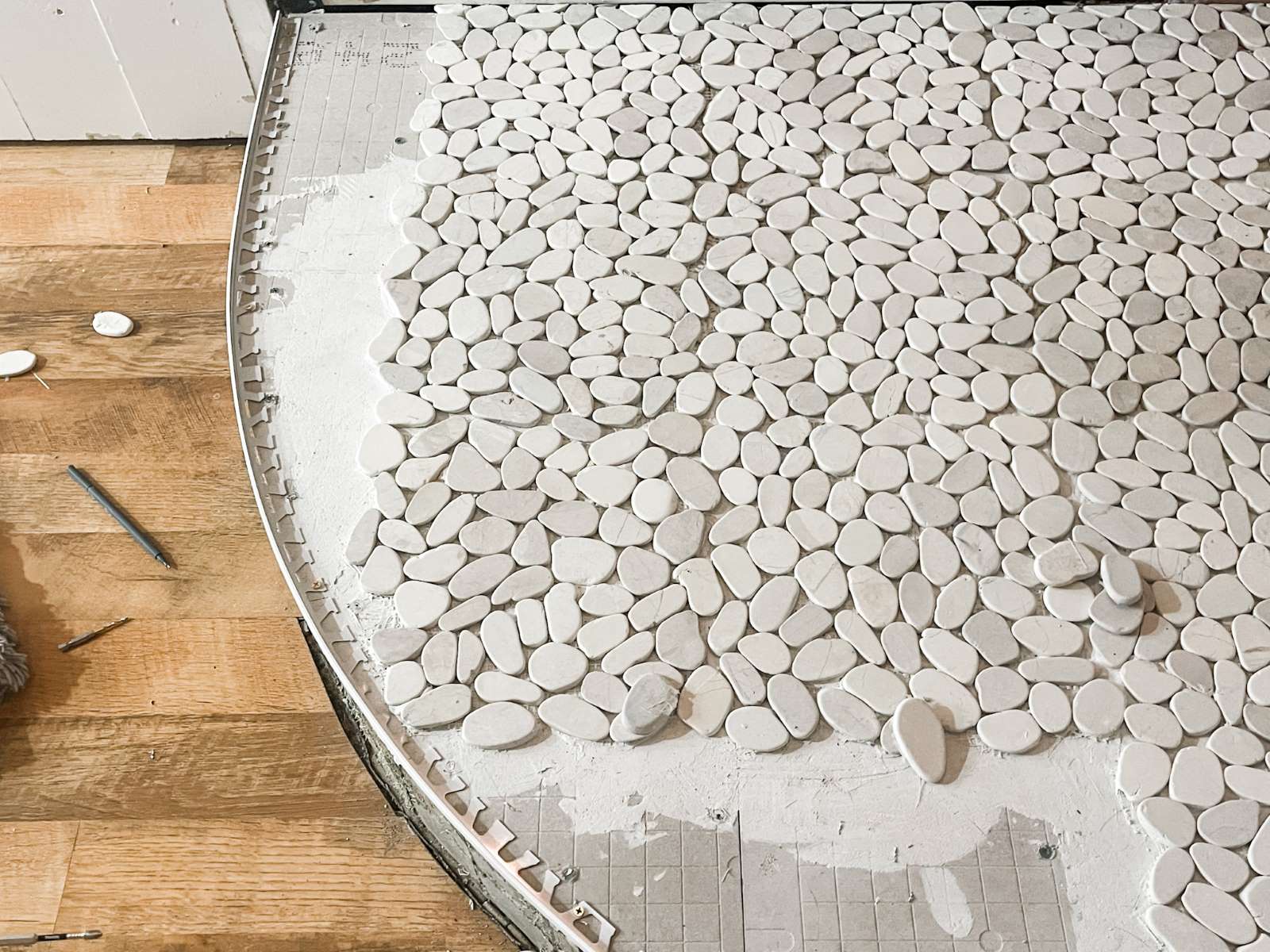
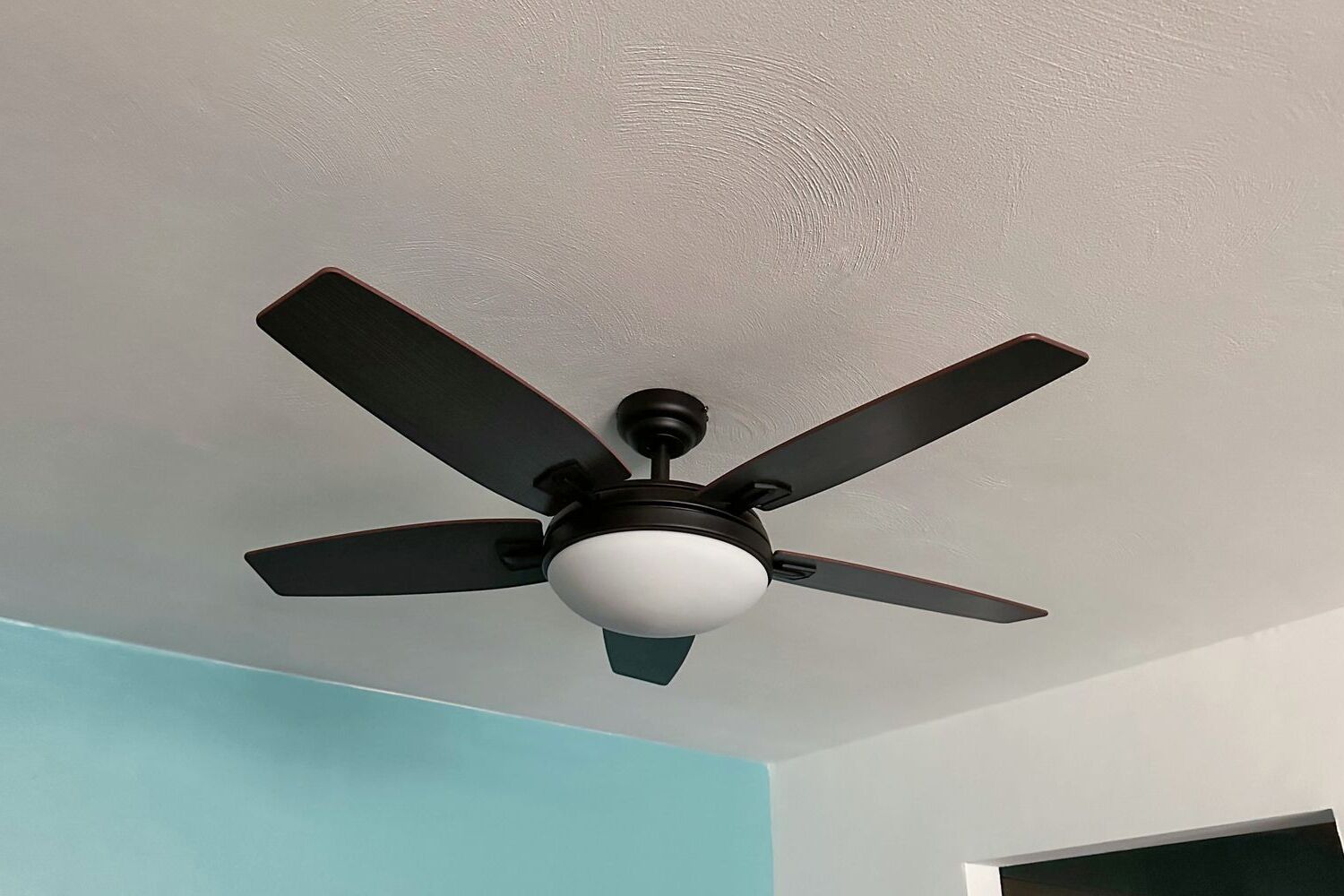
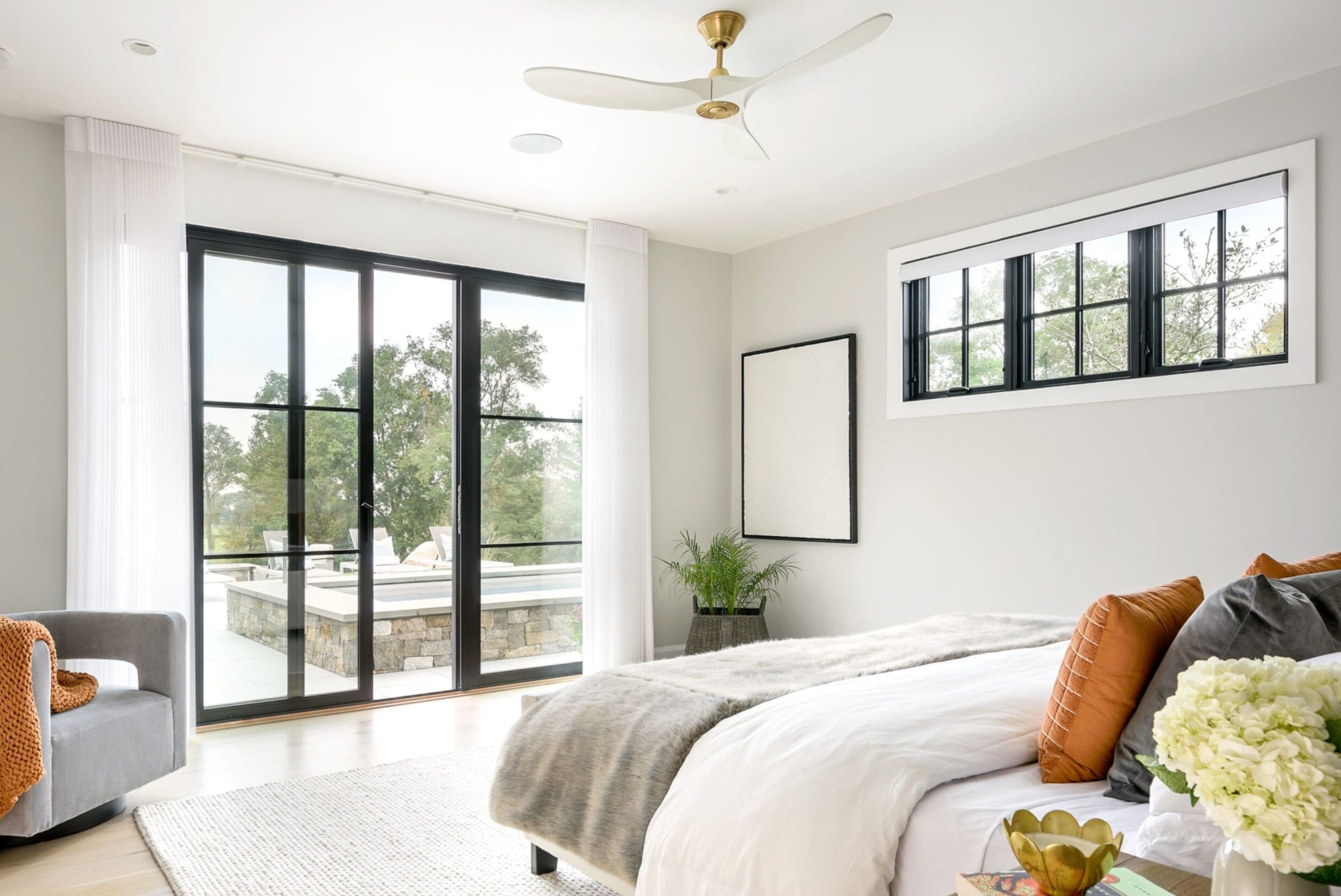
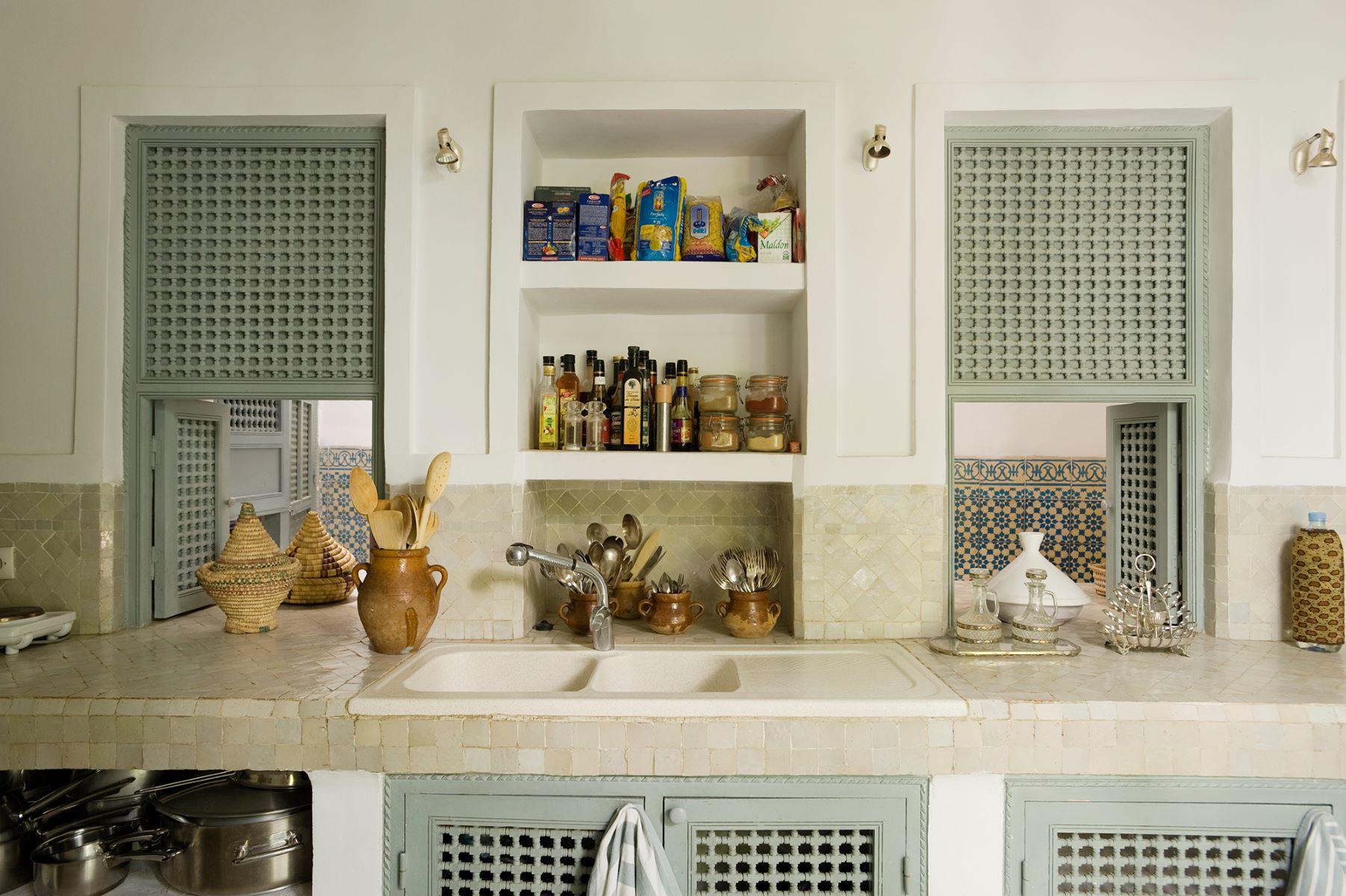
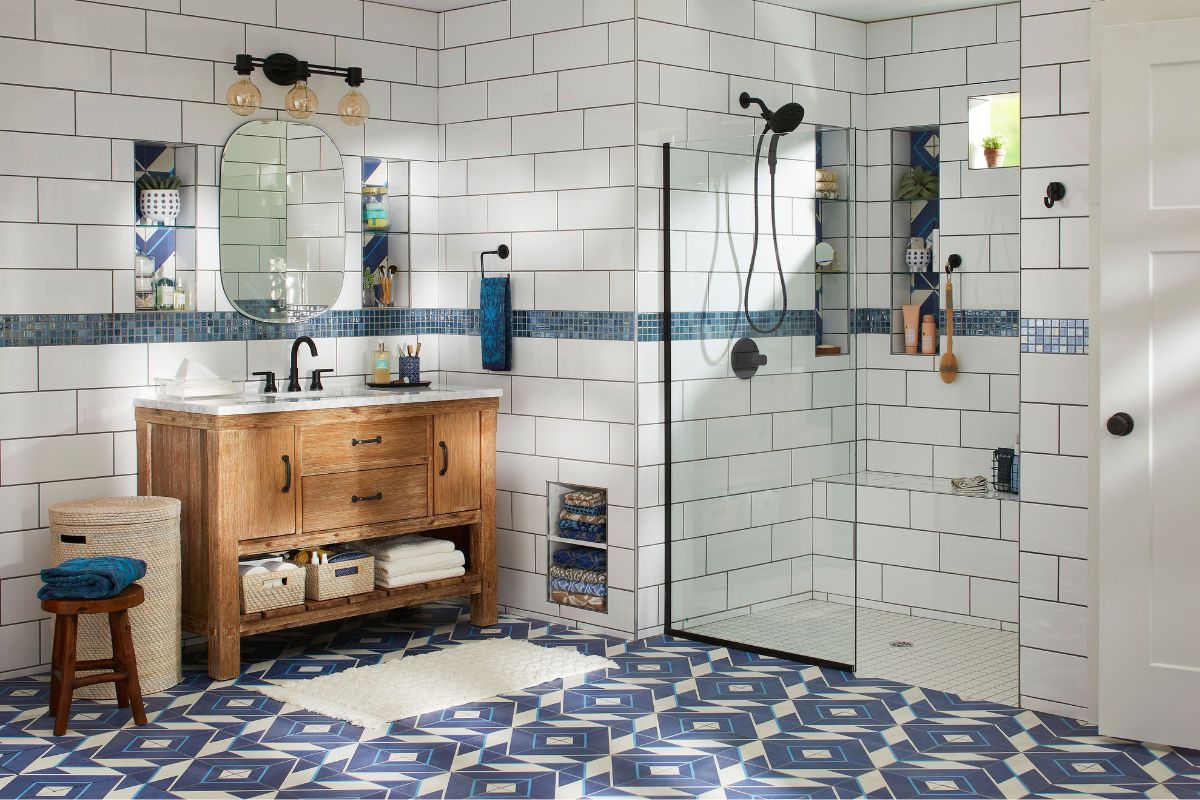
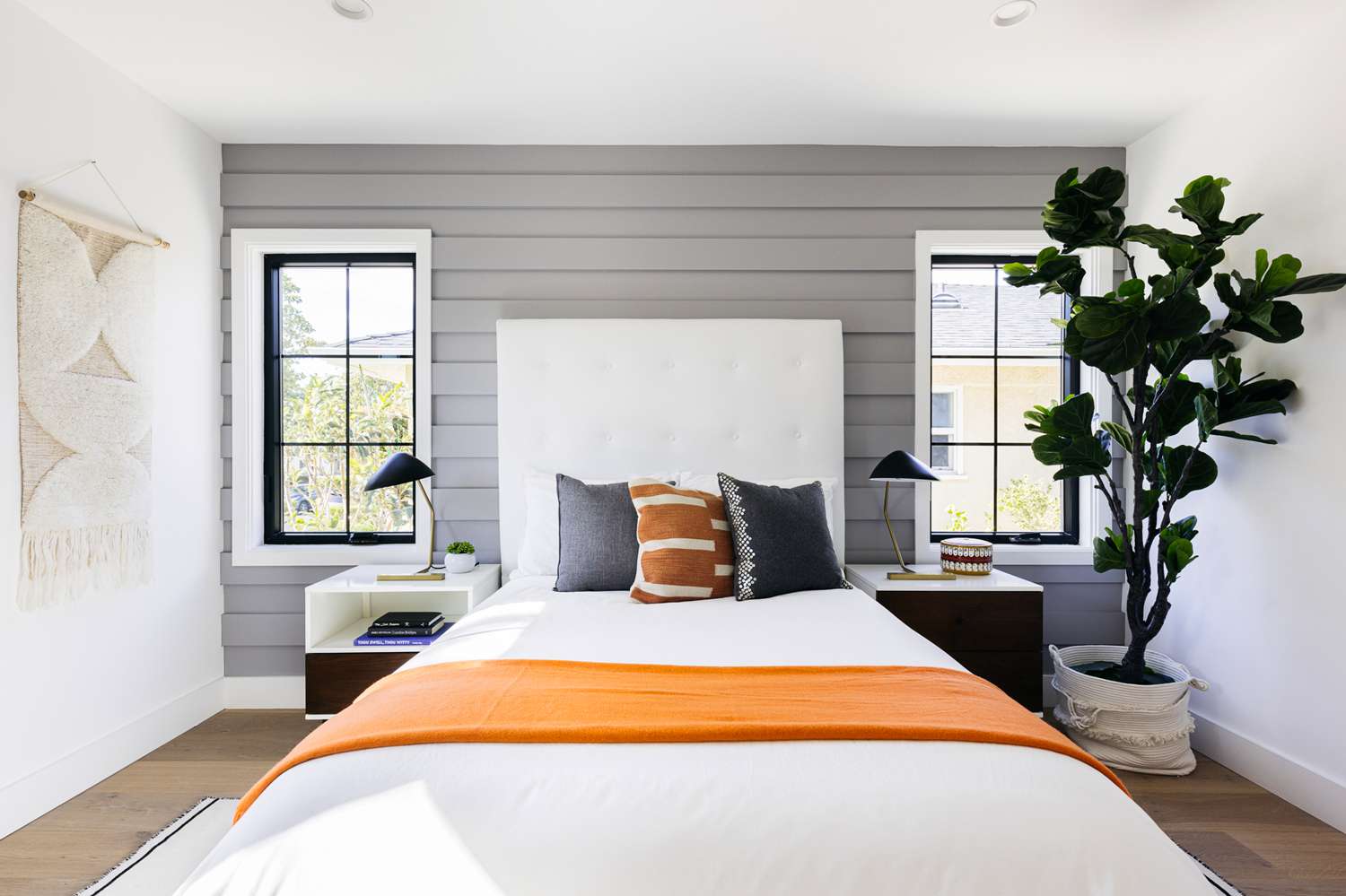
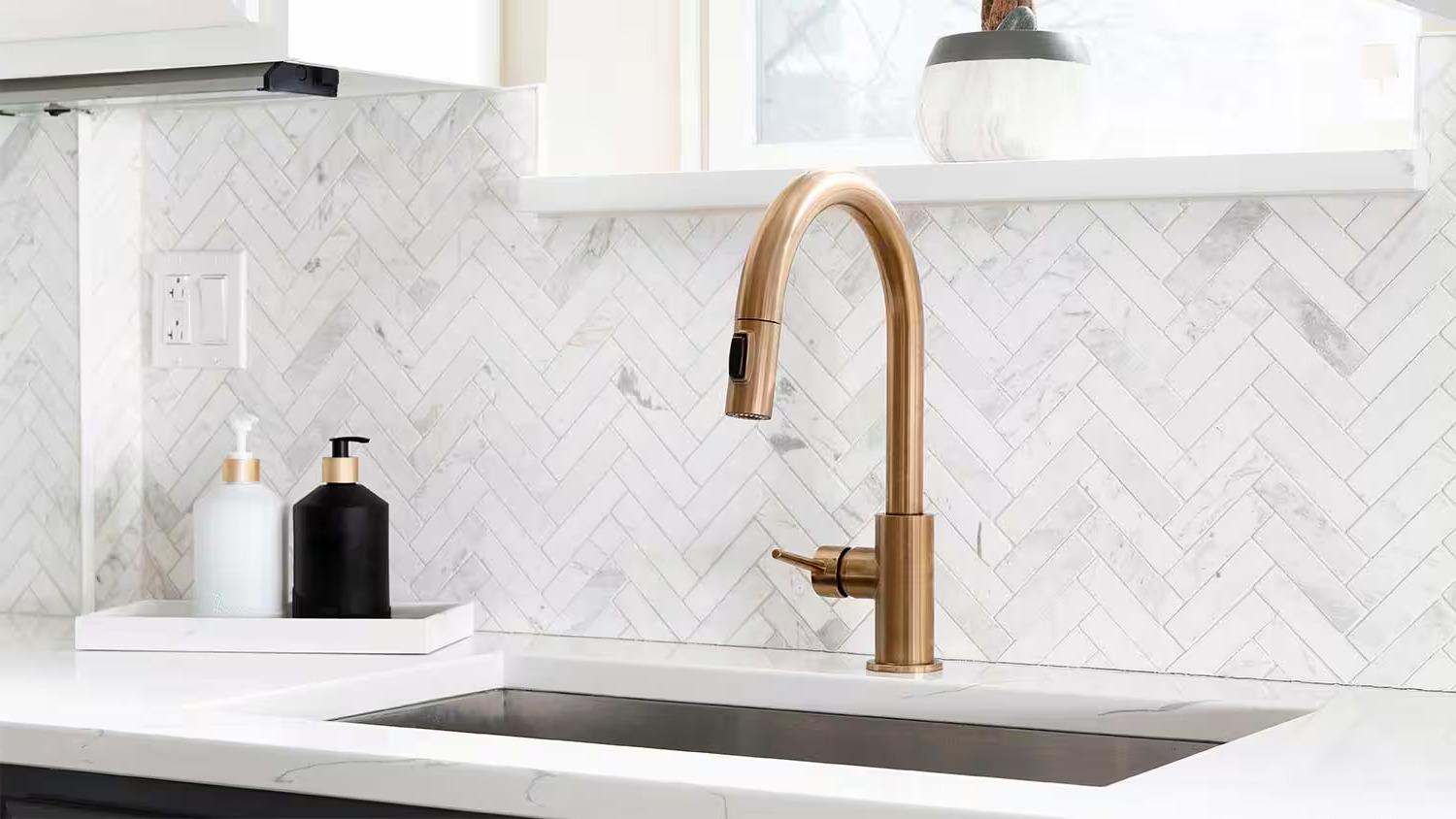

0 thoughts on “DIY Guide To Installing A Beadboard Ceiling”